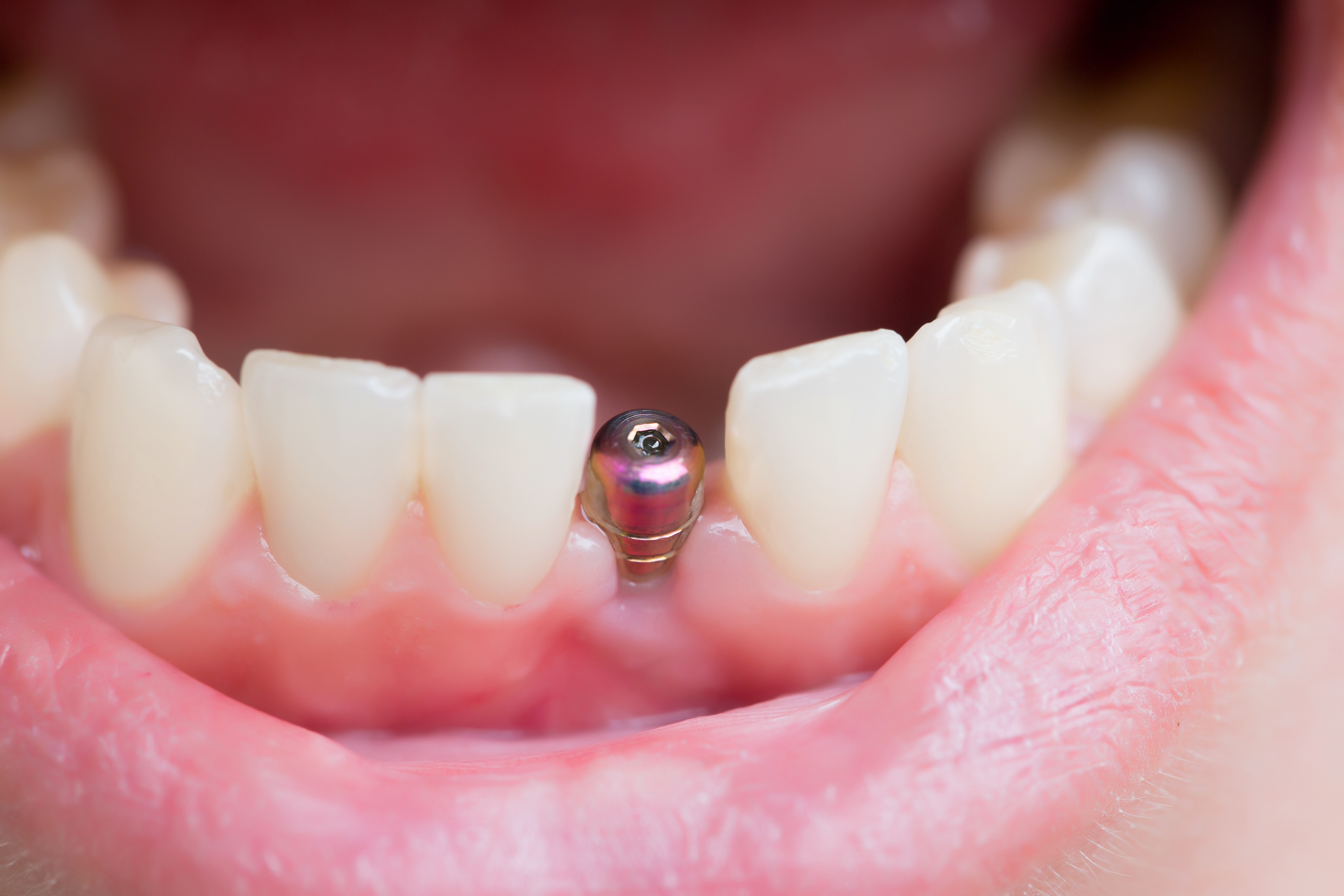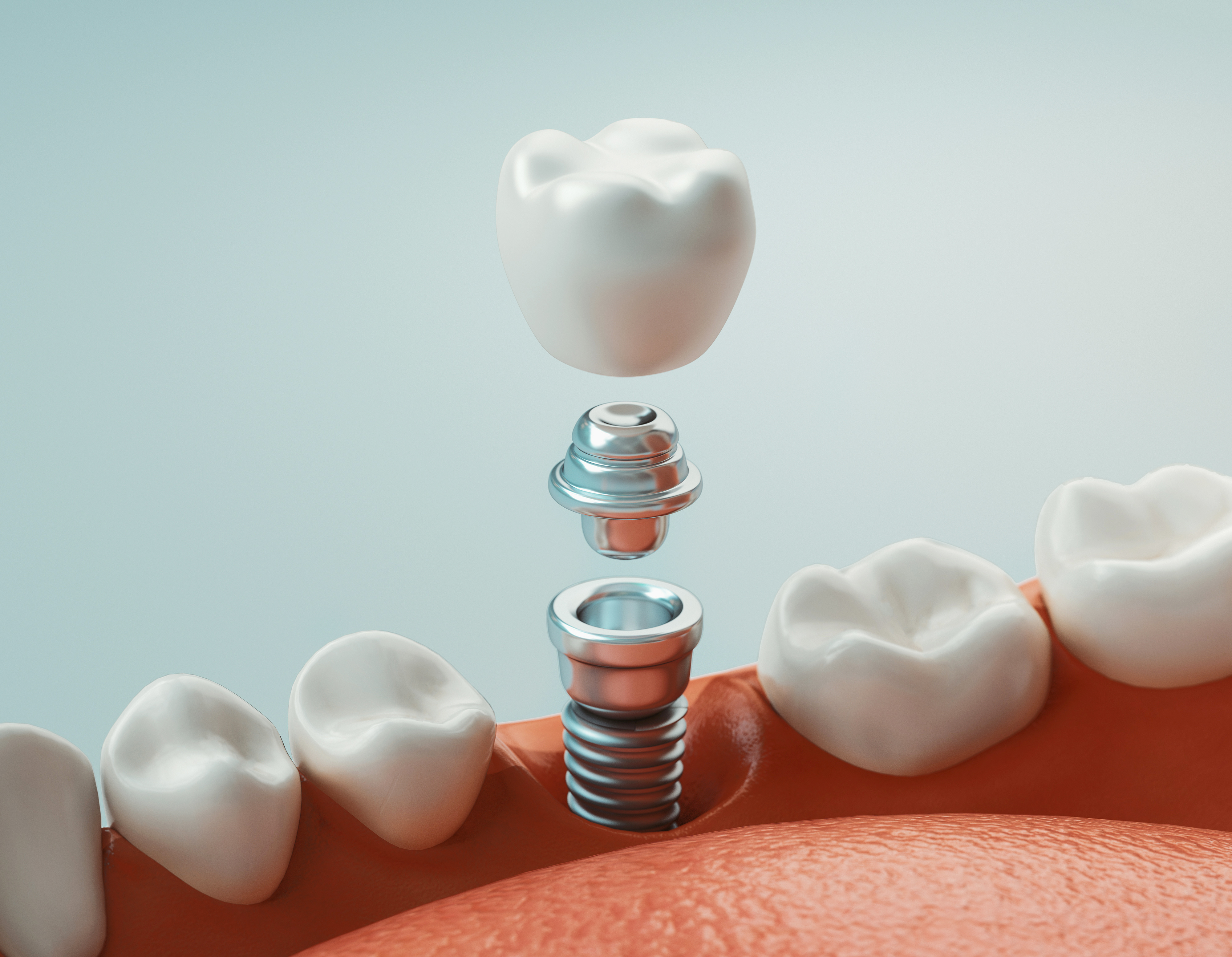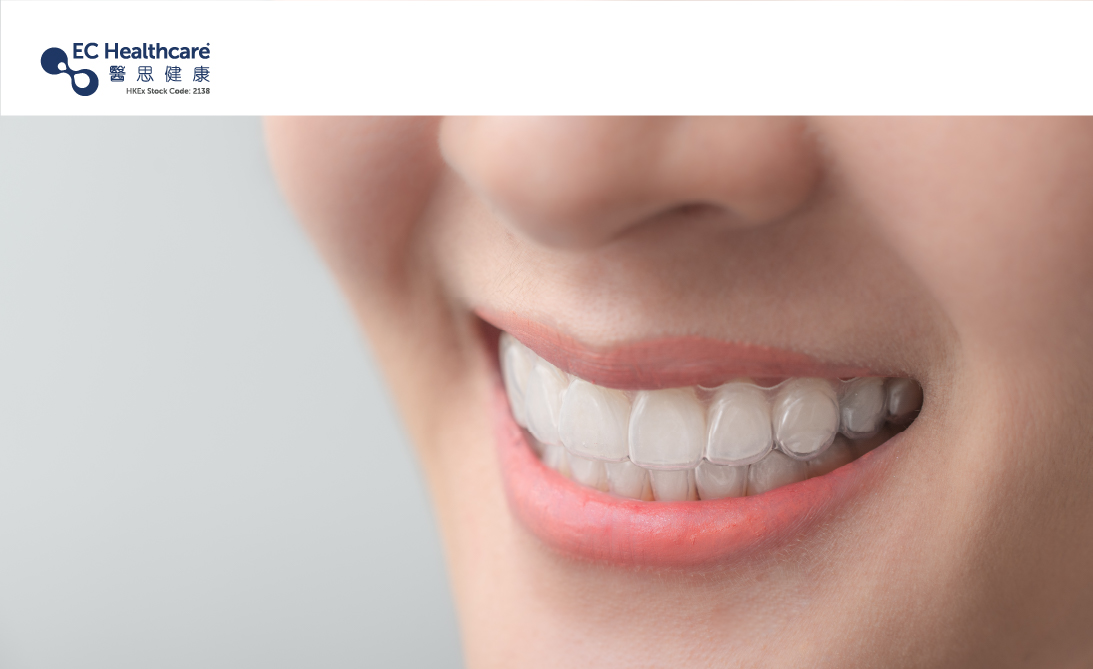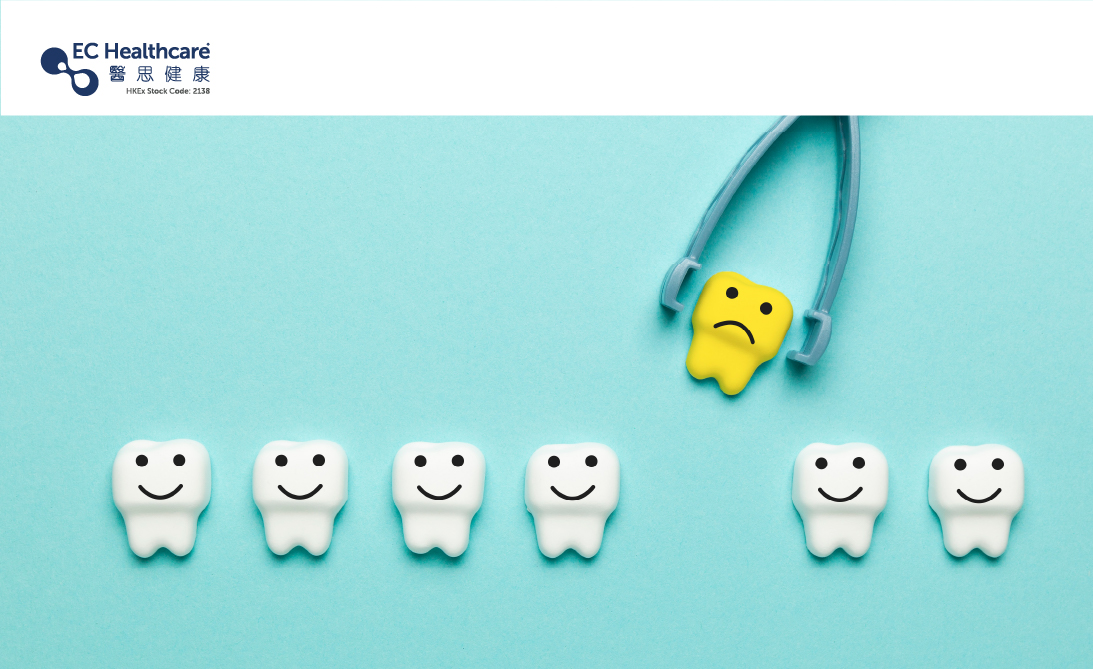What are dental implants? A breakdown of 5 common dental implant methods


Missing teeth will affect eating and biting, but it’s hard to adapt to wearing removable dentures, so many people consider dental implants. Dental implants are a method of restoring teeth. Artificial dental posts or teeth are surgically implanted into the oral cavity to replace missing teeth caused by disease, trauma, etc., and to restore chewing ability and aesthetics. However, who is suitable for dental implants? What are the differences between the various dental implant methods?
Basic concepts of dental implants
Dental implants create artificial teeth that closely resemble real teeth and can last for decades or even a lifetime. Basically, the dentist will implant an artificial dental post made of titanium metal implant into the patient's alveolar bone as a support point, and then insert an artificial dental crown to replace the originally lost tooth.
Generally speaking, most people are suitable for dental implants. However, patients with poor oral hygiene, severe diabetes or bone disease, insufficient bone density, previous electrotherapy, and smoking habits will have a higher rate of dental implant failure. Therefore, before officially receiving dental implants, a comprehensive and professional oral examination and evaluation should be carried out, including: X-rays, oral scans, CT scans, dental impressions, etc. to avoid overlooking any oral and dental health issues and increase the success rate of dental implants.
5 common dental implant methods
Currently, dental implant surgery can be divided into traditional dental implants and same-day dental implants. Traditional dental implant surgery generally takes a long time because the wound after tooth extraction takes time to heal. In addition, it takes time for the jawbone to fuse with the implanted dental post. It usually takes 3 to 6 months from the implantation of the dental post to the setting of the crown. As for same-day dental implantation, the time required is relatively fast. After removing the patient's teeth, the dentist will use the socket left by the gums to immediately implant artificial tooth roots, and the tooth extraction and dental implantation can be completed within one day. However, it should be noted that there are many restrictions for same-day dental implantation, and once the gums bear a slight load, the recovery effect may be affected. Not everyone is suitable for same-day dental implantation.
Depending on the patient’s tooth loss, the doctor will provide different dental implant methods:
1. Single fixed dental implant: a dental post is implanted with a crown mounted on it to replace a single missing tooth. It is suitable for patients who have lost one tooth.
2. Bridge-type fixed dental implant: two dental posts are implanted some distance apart. Depending on the patient's oral condition, 3 to 5 crowns can be mounted on top, or used with real teeth. It is suitable for patients who have lost multiple adjacent teeth.
3. Composite fixed dental implant: some patients may have a cavity between the artificial crown and the gum due to gum recession. Composite dental implants can be based on bridge-type dental implants and add a section of pink resin to create artificial gums to maintain beautiful appearance.
4. Covered removable dental implants: under traditional removable dentures, two dental posts are made as fixed points for the dentures to provide higher support and stability. Patients can put on or take off dentures at will, which greatly reduces the problem of traditional removable dentures easily coming loose or falling off.
5. All-On-4 fixed dental implant: this type of dental implant is suitable for patients with the entire upper jaw, the entire lower jaw, or patients with missing teeth. The dentist will implant 4 to 6 dental posts into the patient's gum bone and install a full row of dental bridges on the upper or lower jaw.
There are also dental implant methods such as bone repair surgery, sinus lift surgery, and minimally invasive dental implants. If you want to know which dental implant method is suitable for you, it is recommended that you consult a professional dentist at EC Dental Care and undergo a clinical examination so that the most suitable dental implant plan can be provided.
Disclaimer: This article is prepared by an independent third party and is not sponsored. The content provided is solely for informational purposes and should not be considered a substitute for professional medical advice, diagnosis, or treatment. It does not represent any specific viewpoint. In the event of any discomfort or health issues, it is advised to seek medical attention promptly.









